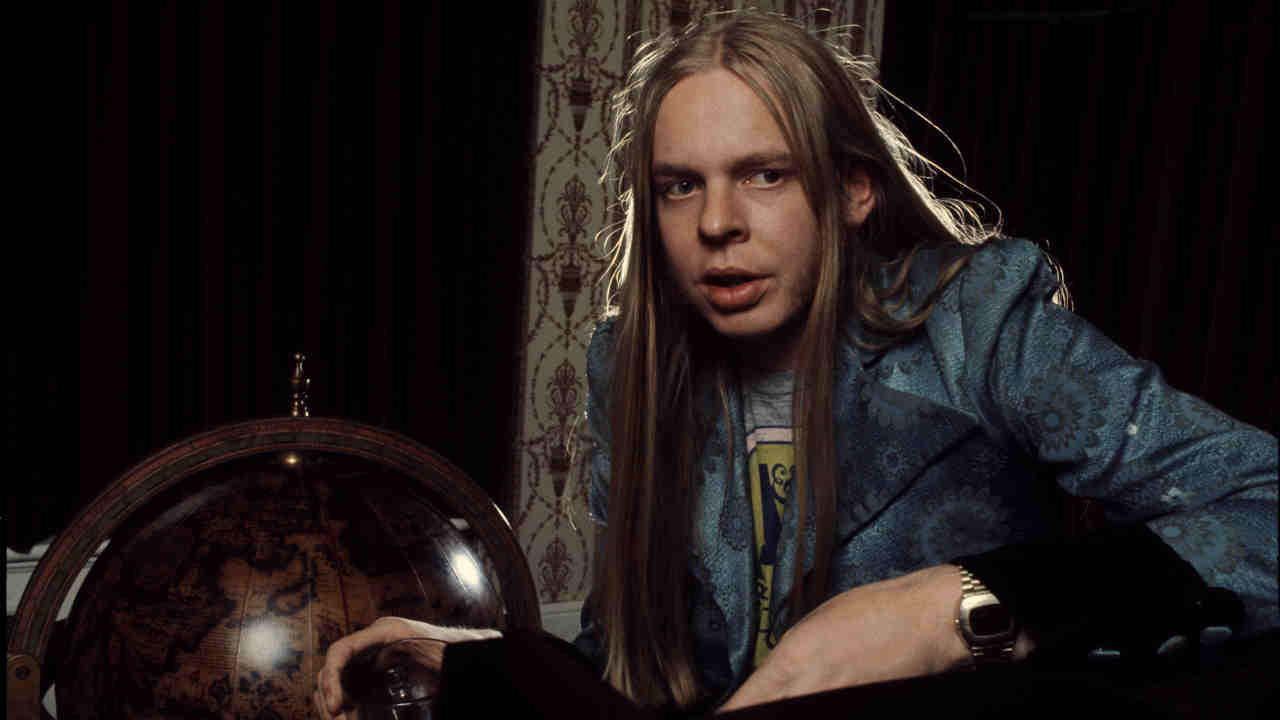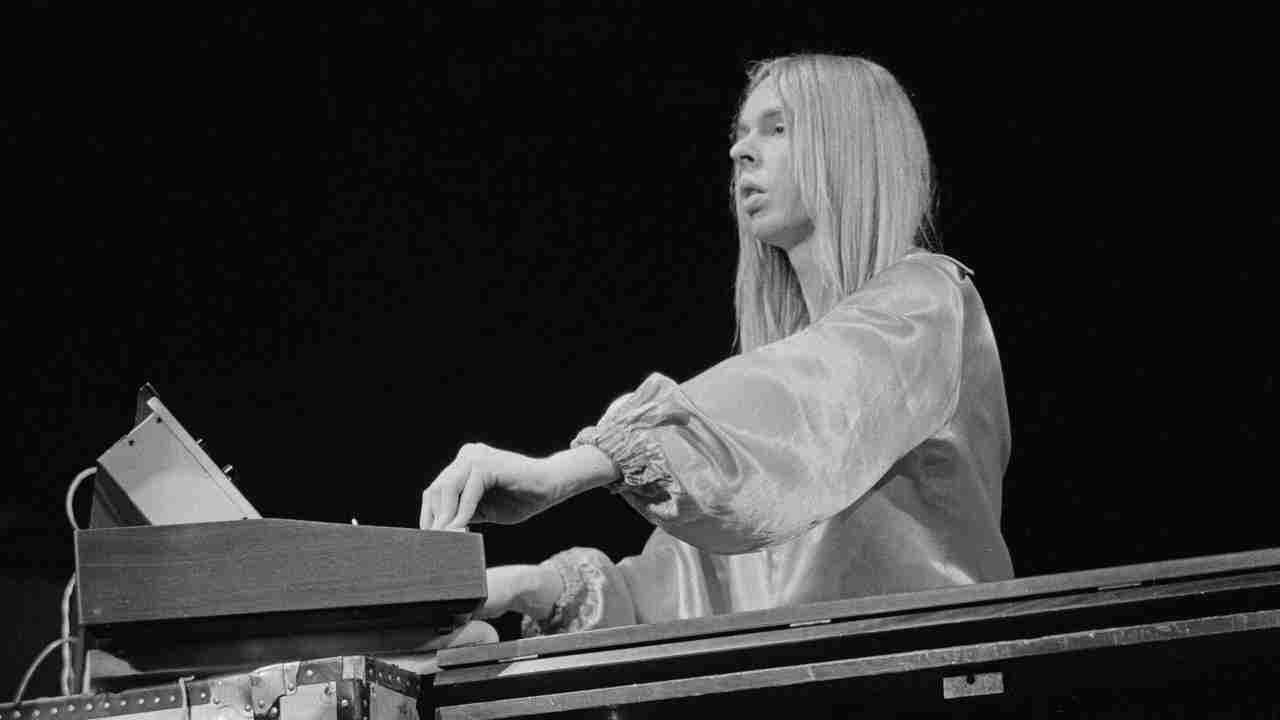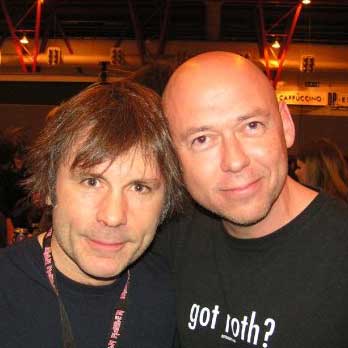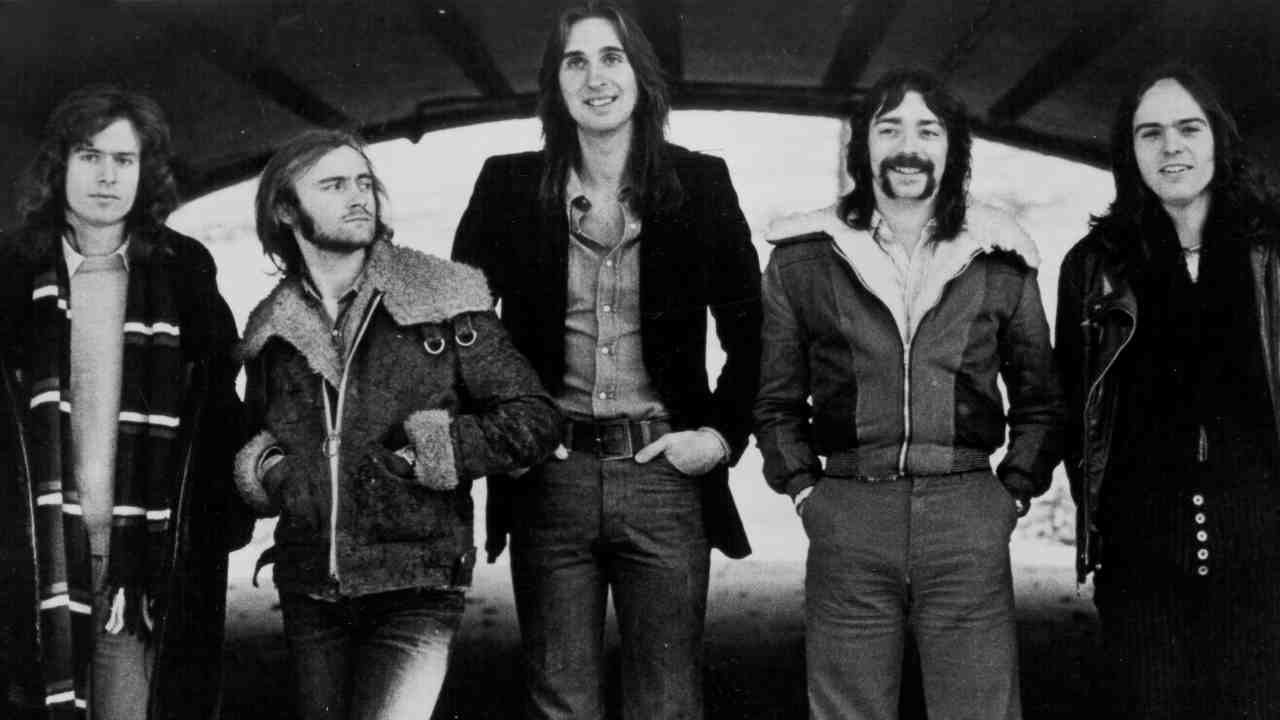“They said, ‘You mean we’ve paid $12,500 for a piano player?’ My publisher said, ‘Yes, but he’s a good piano player’”: The label called it “unsellable”, the critics hated it, but this prog icon’s solo album went on to sell nearly 15 million copies
How Rick Wakeman defied the critics and his own label to make The Six Wives Of Henry VIII

Rick Wakeman’s first proper solo album was an unlikely success. His record company A&M initially dismissed it as ‘unsellable’. The reviews, as the former Yes keyboard player recalled, were “stinking”. And yet The Six Wives Of Henry VIII – a grandiose instrumental concept album fusing progressive rock, classical and jazz, and based on English royal history – would become a multi-million selling hit. And over time, it has come to be regarded by fans, and by Wakeman himself, as one of his defining works.
Wakeman was barely a year into his tenure with Yes when A&M approached him with the suggestion of making a solo album. He’d bagged a solo deal by default when he previous band, the Strawbs signed to the label. “If a label signed a band, then you were signed as individuals as well, and they had an option if you left, of saying, we want an album.,” Wakeman told Classic Rock.
He had recorded his first album with Yes, 1971’s Fragile, when Jerry Moss – the ‘M’ in A&M – called him in for a meeting. “He said “Word in the business is that Yes is going to be a very big band. If that’s so then we should probably put out a solo album,’” Wakeman recalled. “I’d never really thought about it before, but it sounded like Christmas, so I said, ‘Yes please.’ I got $12,500 as my advance, and at the time and rate of exchange came out at about £4,000.”
The inspiration for the album came to Wakeman purely by chance, while he was touring with Yes in America in 1972. He’d wanted to make an concept album based on Jules Verne’s classic fantasy novel Journey To The Centre Of The Earth, but that changed after he bought a copy of The Private Life Of Henry VIII by Nancy Brysson Morrison an airport bookstore in Richmond, Virginia.

Fascinated by the story of Anne Boleyn – the second of the monarch’s six wives, and the first of two to be executed – Wakeman returned to a piece of music he’d been toying with for a year, developing it as an interpretation of Boleyn’s personality. And from this one idea, a concept album was born.
“I called up Chris Squire, Steve Howe and Bill Bruford, and they were all up for it. It was pretty much Yes minus Jon Anderson.”
Rick Wakeman
“I started reading about another wife and these sounds just came into my head and the concept started to come to the fore,” he said. “I came back to England, read up on Catherine Of Aragon and decided that the music wasn’t supposed to be linked to factual matters but would be more abstract.”
Wakeman completed six more pieces in addition to the music inspired by Anne Boleyn,. Five were based on and named after the other wives; the sixth was a portrait of Henry, titled Defender Of The Faith. And it was all brand new material, save for Anne Boleyn and another track, Catherine of Aragon, which was created from music Wakeman had originally written for the Yes album, Fragile.
Wakeman’s album was recorded between February and October 1972 at two London studios, Morgan and Trident. It featured a large cast of guest musicians, including members of Yes and the Strawbs.

“I called up Chris [Squire] and Steve [Howe] and Bill [Bruford] and told them what I was doing and they were all up for it,” Wakeman said. “So the recording of the album was pretty much Yes minus Jon [Anderson].”
But Wakeman was, of course, the star of the show, delivering a virtuoso performance utilizing a vast battery of keyboard instruments, among them grand piano, MiniMoog synthesizers, Mellotron, harpsichord, and even the organ at St. Giles-without-Cripplegate church in the City of London. It was an extraordinary piece of work – dazzling in its breadth and complexity, rich in melodic finesse, audacious and unashamedly pompous.
The original title for the album was Henry VIII And His Six Wives. But with space at a premium due to the limitations of the vinyl format, Defender Of The Faith was dropped, and as a result, the album was renamed, shifting focus to the Queenly sextet.
There was a much bigger hurdle to overcome than mere running time. Wakeman took the tapes to A&M’s London office to play them to the label. An American lawyer had been sent over to collect the tapes. Wakeman played the first side to a muted reaction from the assembled execs. When he turned it over and played the second side, there was silence.
“And then the lawyer says 'Well, this is all sounding very good Rick, but it’ll be a big help when we can hear it with the vocals on,’” said Wakeman, “And I said, 'There are no vocals, it’s an instrumental keyboard album'. Like a lot of Americans he couldn’t talk quietly and he leant over to my publisher Derek Green and said, 'Do you mean we’ve just paid $12,500 for a fucking piano player?' And Derek said 'Yes, but he’s a good piano player.’”
For its creator, The Six Wives Of Henry VIII represented a battle for artistic integrity. “The fact that A&M hated it didn’t help”, Wakeman said. But shortly after the album was released on January 23, 1973, he was vindicated with a Top Ten hit in the UK and a Top 30 record in the US.

“It got mixed reviews, but what made me happy was that the public got it.” Wakeman said. “Worldwide it’s sold about 15 million copies. I remember collecting my platinum discs from the head of A&M in the UK at Midem [yearly music conference in Cannes], and this was the bloke who hated it, and he stands up and says: 'Every now and then something special lands on your desk. And the moment this landed I knew we had something really special'. I’m standing there absolutely gobsmacked and as he passes me he whispers, 'Don’t say a word…'”
“It got mixed reviews, but what made me happy was that the public got it. Worldwide it’s sold about 14 million copies. ”
Rick Wakeman
Wakeman had the idea of performing the album at Hampton Court Palace, Henry VIII’s most famous residence. “We made an enquiry, but back then Hampton Court, although it was open to the public, wasn’t anywhere near as open as it is today, and our request was tantamount to treason. Boy, did we get rebuffed.”
In the end, Wakeman stubbornly decided if he couldn’t perform the album in full at Hampton Court, he wouldn’t perform it anywhere. Instead, he returned to his duties with Yes, then threw himself into his next solo album, the equally over-the-top Journey To The Centre Of The Earth.
Various pieces from The Six Wives Of Henry VIII have been played live over the years, but it wasn’t until May 2009 that Wakeman performed the whole album – plus, fittingly, Defender Of The Faith – at Hampton Court Palace to mark the 500th anniversary of Henry’s accession to the throne.
“I got a call from Hampton Court Palace saying, ‘How would you like to put on The Six Wives of Henry VIII?’” recalled Wakeman. “So there I am on the other end of the phone with a huge grin on my face, and I said 'I first put in a request in 1972. I’ve had some late replies to things, but this takes some beating.’”
Originally published in Classic Rock Presents Rick Wakeman’s Journey To The Centre Of The Earth
Freelance writer for Classic Rock since 2005, Paul Elliott has worked for leading music titles since 1985, including Sounds, Kerrang!, MOJO and Q. He is the author of several books including the first biography of Guns N’ Roses and the autobiography of bodyguard-to-the-stars Danny Francis. He has written liner notes for classic album reissues by artists such as Def Leppard, Thin Lizzy and Kiss, and currently works as content editor for Total Guitar. He lives in Bath - of which David Coverdale recently said: “How very Roman of you!”
You must confirm your public display name before commenting
Please logout and then login again, you will then be prompted to enter your display name.



